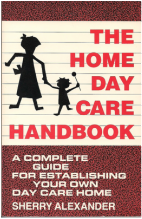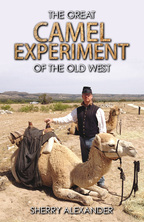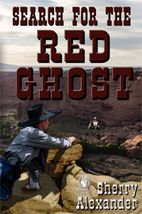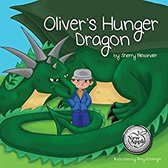 Thomas Kelly/UnSplash.com
Thomas Kelly/UnSplash.com I am a visual/auditory/tactile writer. I know. I know. The professionals have classified learners in one of those three types. However, I am talking about the learner/writer--me! When I have an idea for an article or a book, my mind automatically visualizes the subject. You might even call it a day dream--or sometimes it's actually a night dream. My mind wanders through the possibilities until I think I have a clear 8X10 color picture of what I want to translate into words. However, I need more. This is where the visual factor comes in. I search through the internet, magazines, newspapers, and even books for a physical representation of that picture in my head. In Search for the Red Ghost, it was a historical photo of a bactrian camel tied to a hitching post. Next, I needed to find the voice, the style of speech, the personality, and even the motivation, for my protagonist, Jake.
I am not a silent, sit in a quiet room, no one speak to me writer. Nope, I need sound when I write. I was the same way as a kid. Homework was easy as long as the radio was playing in the background. Turn it off, though, and my mind wandered on everything but my homework. It's the same now. When I write, talk radio, a Hawaiian music CD , or even the the television is on. The sound keeps my mind focused. So when I look for a voice for a new character, I need to actually hear it so I can create it in my mind. Now I am not just looking for syntax. No, I am actually listening for the personality of the speaker. For instance, I listen to a tremendous amount of documentaries. When I hear one narrated by Morgan Freeman, I get a different sense of meaning than if I hear one narrated by John Hurt. Freeman makes me believe everything he says is true. It's like hearing God speak to you--reverent. Hurt makes me believe he's just discovered a black hole in space that no one has ever seen before. It's the WOW! moment. For me, I need to hear that voice in my head. In Search for the Red Ghost, the Jake's voice--syntax, personality, style, and motivation--all came from a conversation about hunting my husband was having with my brother. it hit me that Jake was my brother at 13. I had the voice, and I had years of conversations to bring Jake to life.
The tactile part comes when I develop my outline, but that requires research too. To get myself on tract, I read then analyze books in the genre I am writing in. I take note of the number of chapters, the word count, where the subplots fit in, where the climax starts, and how the plotting was developed. Then I begin by writing one sentence for each event or character or time of day on a 3X5 card. Sometimes this is a snippet of imagined conversation. Sometimes, it's a description of the setting. And, sometimes it's an obstacle my protagonist will face. I may have as few as ten cards or as many as 200. Whatever the amount, when I think I have enough to outline my story, I lay them out on the dining room table and divide them into chapters. Not all of them make it. Some are set aside as maybes while others are justifiably thrown away. Finally, I write my preliminary outline.
I know the way I scale the writing mountain is not for everyone, but so far it is working for me. It also helps me keep my projects separate since I tend to work on several at one time. Yes, it requires a lot of effort to make it up that mountain, and I have never heard of a writer who sloughed off an took some imaginary escalator. But the reward of seeing someone reading one of my books is worth whatever creative process my writing requires. Theodore Roosevelt said it best, "Happiness lies in the joy of achievement and the thrill of creative effort."
 RSS Feed
RSS Feed



